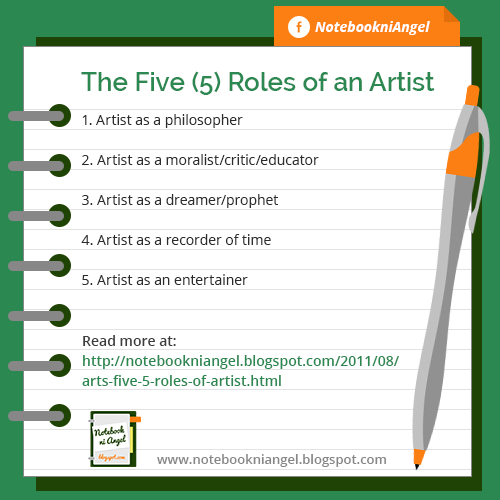Sensation and Perception
What is Sensation
Sensation is the processes or experiences aroused when a stimulus has excited a receptor or when any of the sense organs are stimulated.
What are Receptors
Receptors are specialized cells in the sense organs, muscles, skin and joints that detect physical and chemical changes and translates these events into impulses and passes the electrical signals to connecting neurons.
What is Stimulus
Stimulus (or stimuli) is a form of physical energy inside or outside the body which initiates activity.
The signal that travels up to the spinal cord until it reaches its receiving area in the cortex, with different receiving areas for different sensory modalities (electric signals results in sensory experience). Thus, when we experience touch, the experience is occurring in our brain, into in our skin. The electrical impulses on our brain that directly mediate the experience of touch are themselves caused by electrical impulses in touch receptors located in the skin.
Classification of Receptors
- Exteroceptors are the sense organs whose stimuli arise outside of the body
- Interoceptors are the sense organs within the body proper that gives information about visceral processes (visceral organs enclosed in the abdominal and thoracic cavities).
- Proprioceptors are found in the linings of the tendons, muscles and joints, and are stimulated by energy changes resulting from the movements of these structures.




Comments
Post a Comment